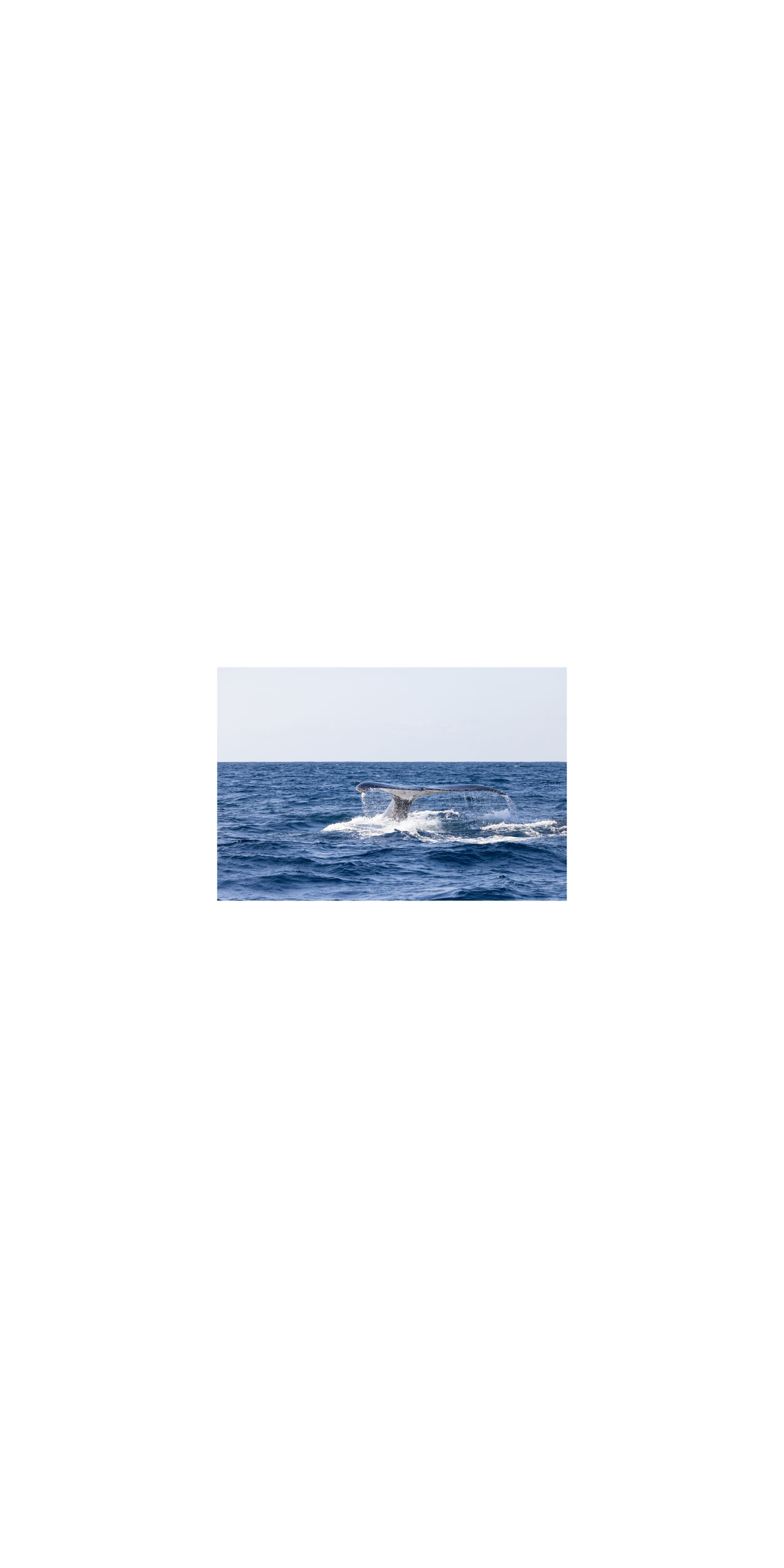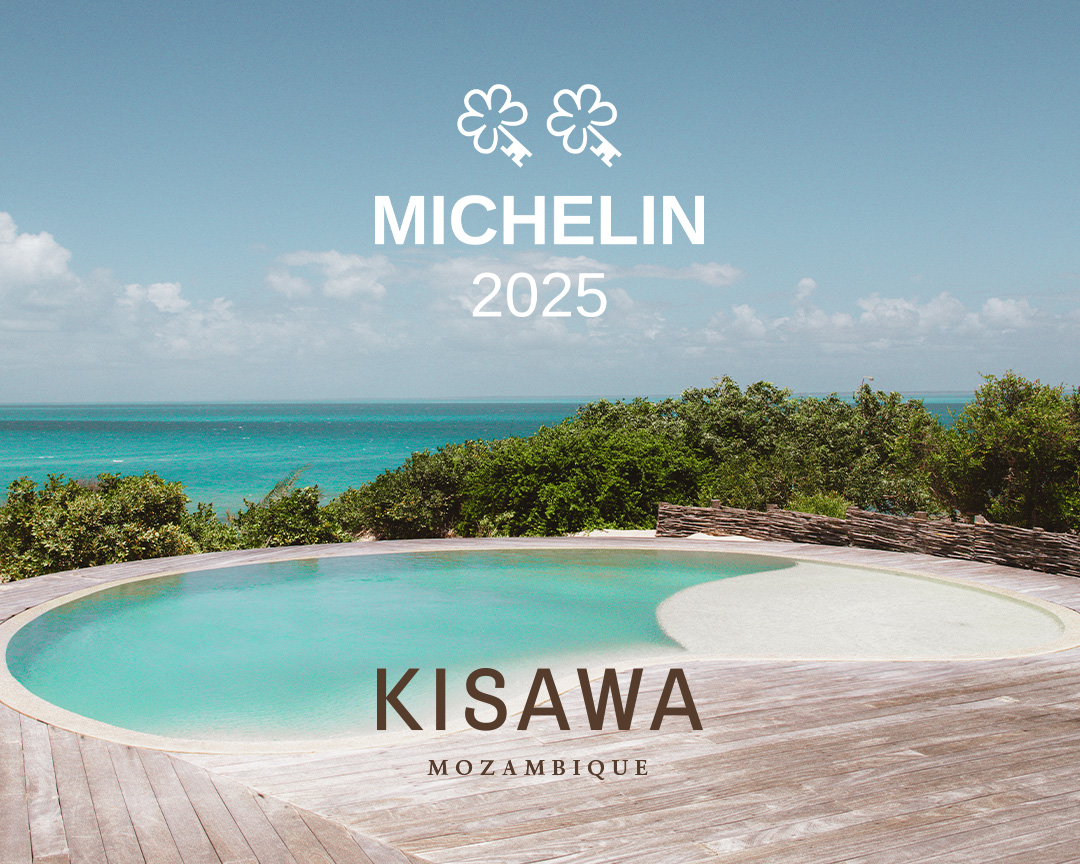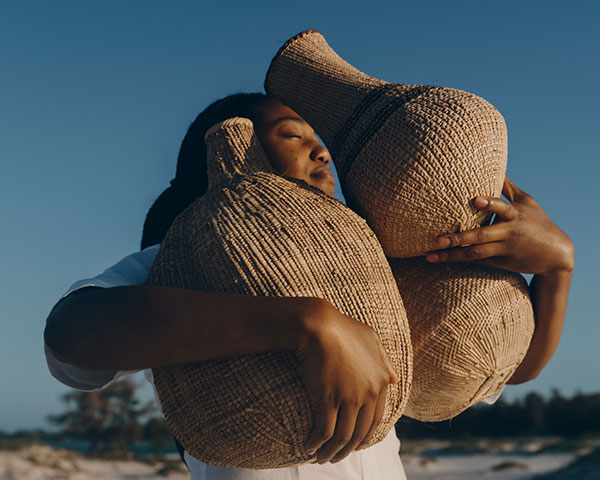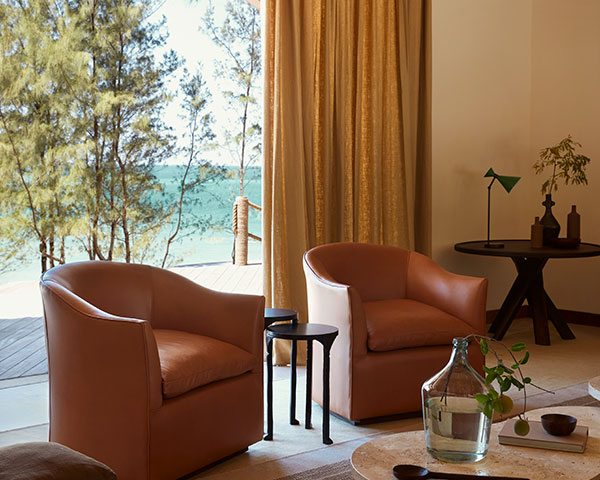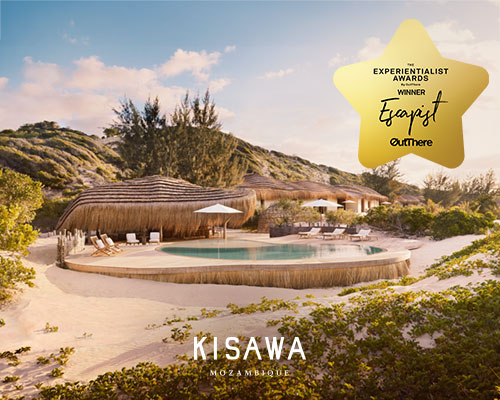Whale Season 2024
It begins!
24 June 2024
This year’s Whale Season has begun! Extreme excitement over the weekend as our team at Bazaruto Center for Scientific Studies (BCSS) spotted six humpbacks in the Bazaruto Archipelago National Marine Park (BANP) – signalling the beginning of 2024 Great East African Blue Migration in our region.
To experience migration at Kisawa is truly spectacular. It is difficult to convey the magic of the whales and the atmosphere of joy and amazement they bring to our sanctuary, our guests, our team and our island.
We asked Dr Mario Lebrato, BCSS Chief Scientist, who has experienced the ‘wonder of whales’ for many years on Benguerra, to answer our most commonly asked questions.
Best Time to Visit?
July to October. During these four months, the Mozambique Channel becomes the ideal breeding and nursing ground for humpback whales.

Why do the whales visit the Bazaruto Archipelago?
As a cosmopolitan species, humpbacks travel thousands of miles, covering all oceans and undertake extensive annual migrations from high-latitude summer feeding grounds to low-latitude winter breeding grounds – and back. The whales travel to the warm waters of the Mozambique Channel as part of their annual migration route, as the warm sea temperatures make for ideal breeding grounds. They come to this area to mate, give birth and nurse, so they are often sighted with calves.
The humpback whales’ behaviour monitored along the coast of east Africa indicates reproductive activities, which proves that the area is used as a breeding ground. The presence of new-born calves, observation of competitive groups and records of singing males are indicators that the Bazaruto Archipelago may play a crucial role in humpback whales’ ecology as a breeding habitat.
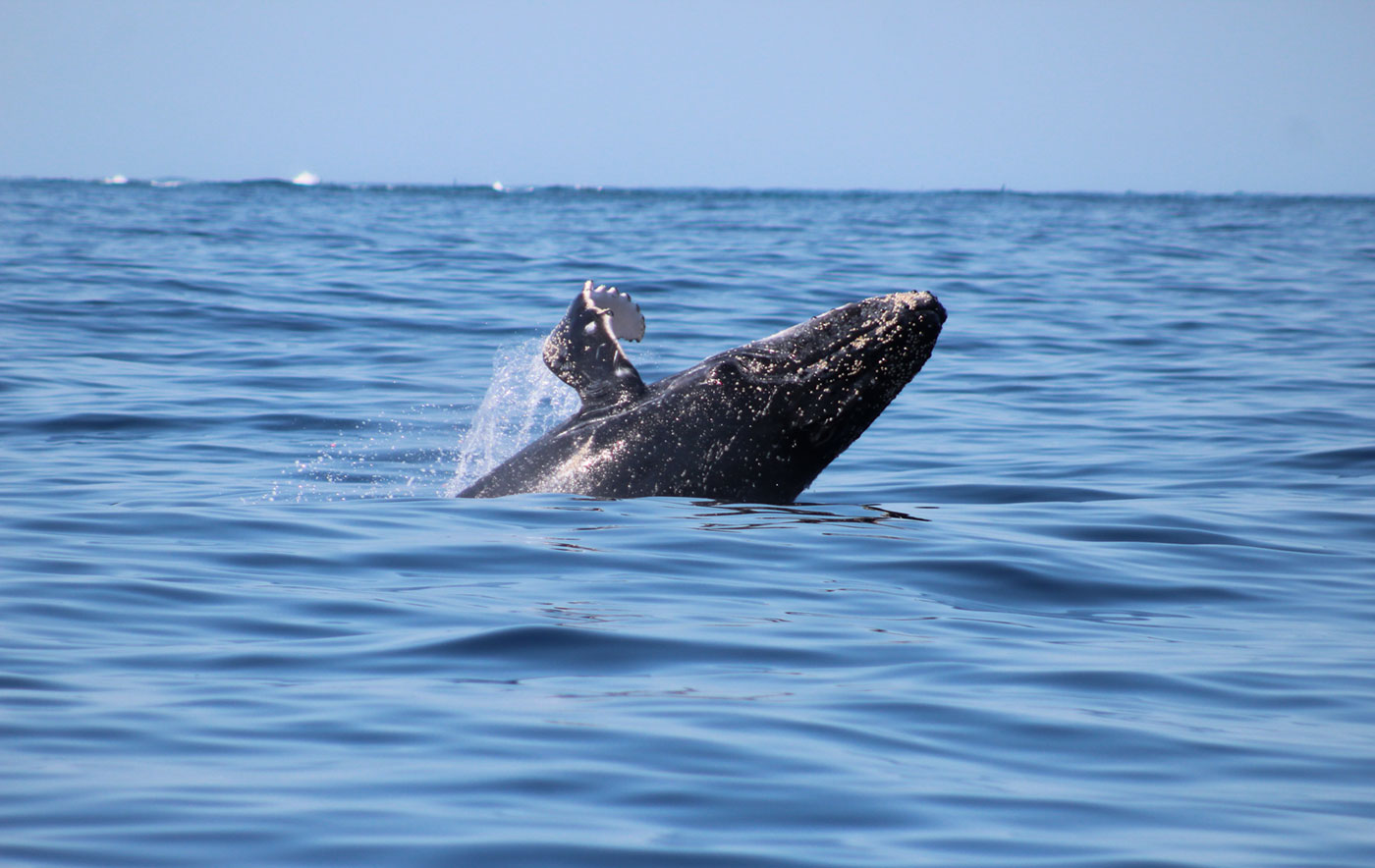
What makes Kisawa’s humpback season so spectacular?
“You can see in real-time the transition and change in animal behaviour. In July, the humpbacks are relaxed and curious, and as we progress into August and September they get more elusive, but start to breach more and more. Also, numbers increase, and newborns are everywhere. You really see a “whale landscape transformation” week to week, sometimes day to day.
It is stunning to see a mother & calf in three to five metres of water, above a coral reef. It is truly unique. Also, the amount of whales seen nearby is overwhelming, sometimes over 100, and close to 200 individual counted on a single day”.
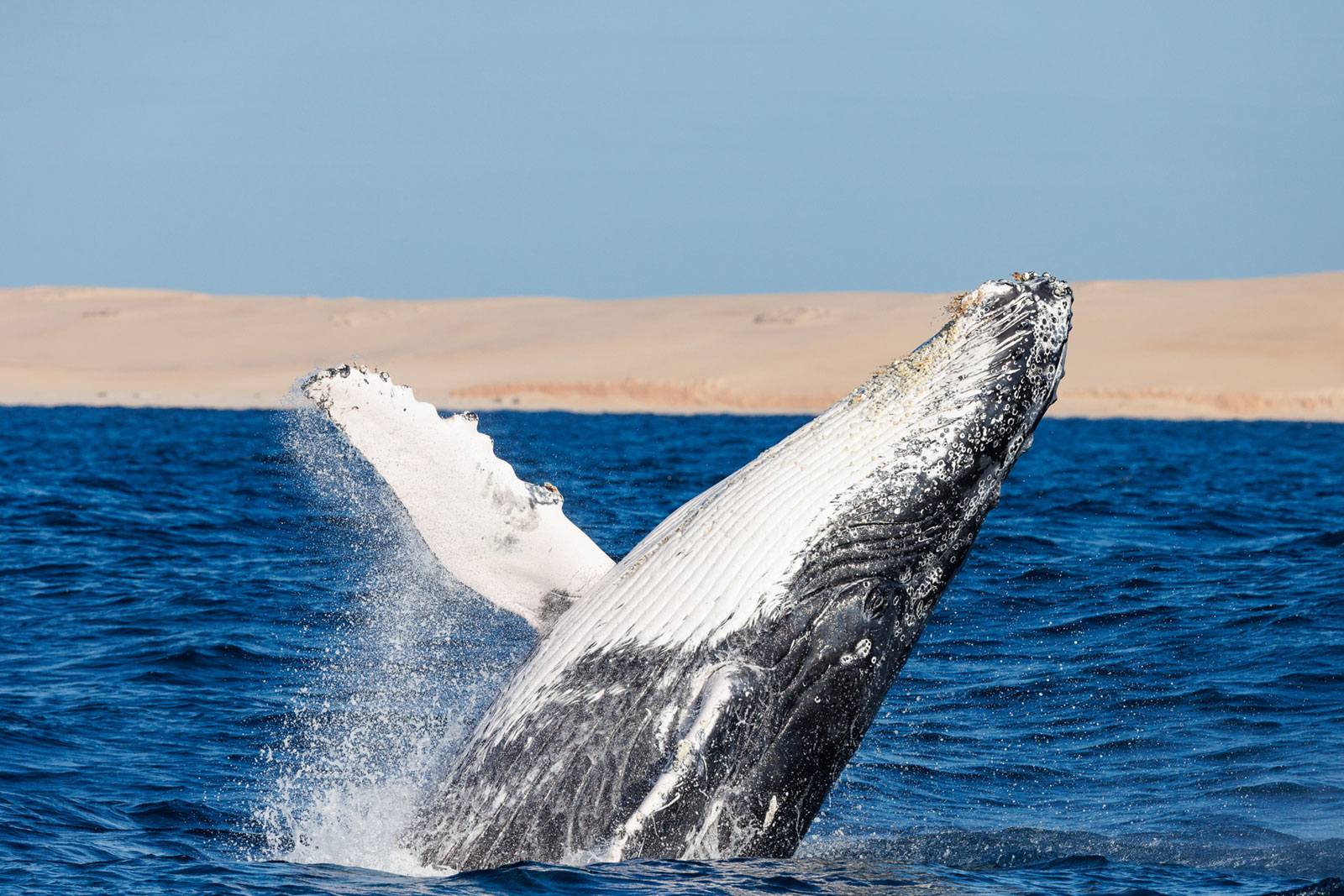
Humpback Breaching
Favourite moment from last year’s whale season?
“We had humpback whales swimming to the boat on a slack tide tipping point, and circling the boat for up to 15 minutes. The team and I were swimming in 200 metres of water checking a tuna shoal, when all of a sudden two adults and a calf popped out of nowhere. The calf came floating to us and passed by within one metre, all by himself. He then circled us for 10 minutes. It was a 10/10 experience!”
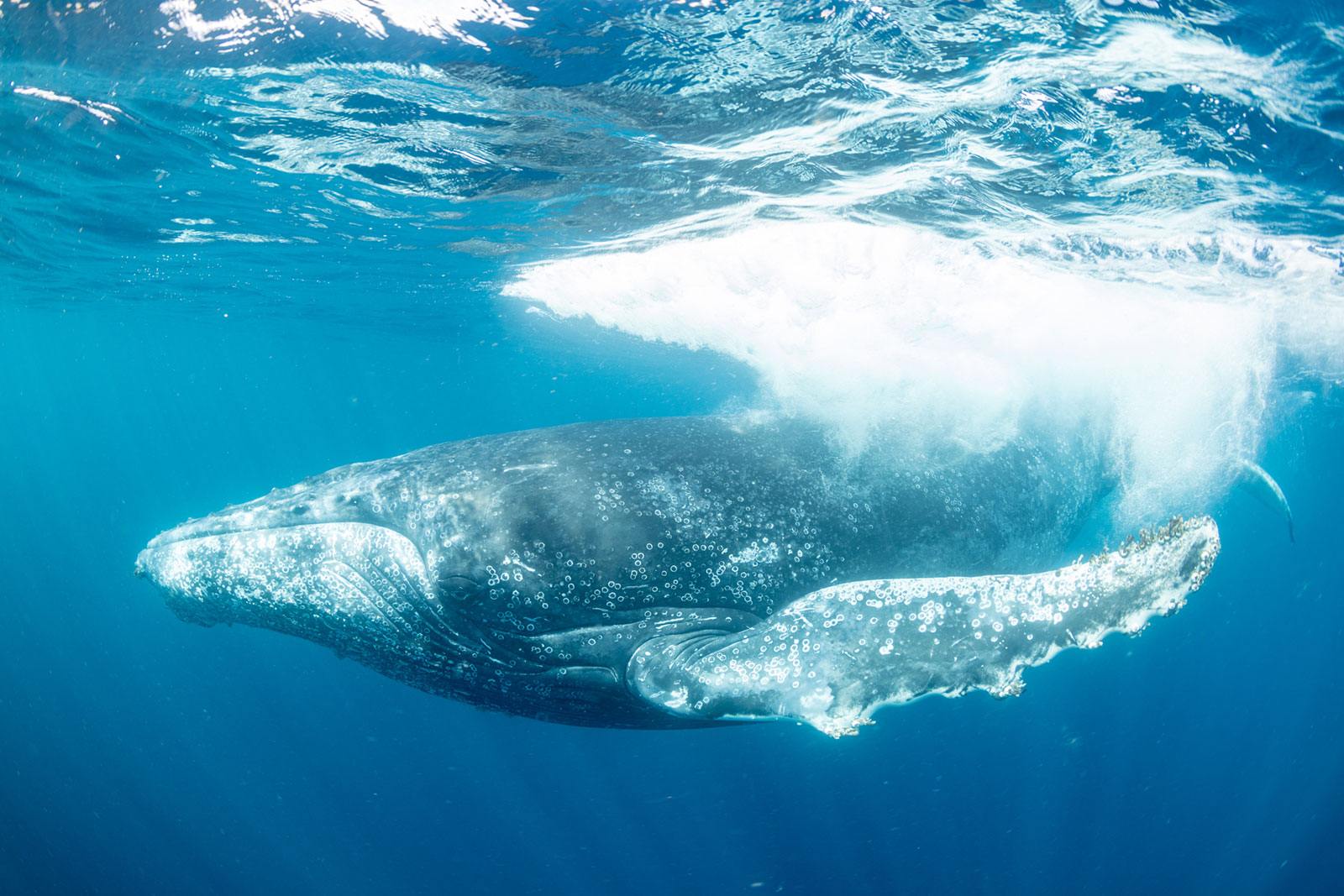
Humpback captured submerging by Salvador and Orlando.
Top tips for having the best whale watching experience?
“The years of research by the team at BCSS guide every expedition, taking into account the weather, the tide and the movement patterns witnessed during that week. However, early morning expeditions on good weather tend to be best, in particular with a high tide so the whales are near the reefs, and many times calves are jumping all the time, within good view of our boat.
Also, at slack tides (change of low to high, or high to low, the tipping point), animals tend to go in a stand-still and go in circles, sometimes even circling boats and going directly under. They often display funny behaviours on those slack moments, even popping their head out of the water, looking at the boat, and staying with two to five metres from the boat”.

Do you need to go to sea to see the whales?
“No, you can actually witness them breaching and playing from the Kisawa dune! The Kisawa activities team can set up a picnic on their central dune and you can watch the whales out on the horizon, traveling and rolling. It’s quite amazing to be surrounded by wildlife like that – and the slow pace of whale watching makes it very relaxing”.
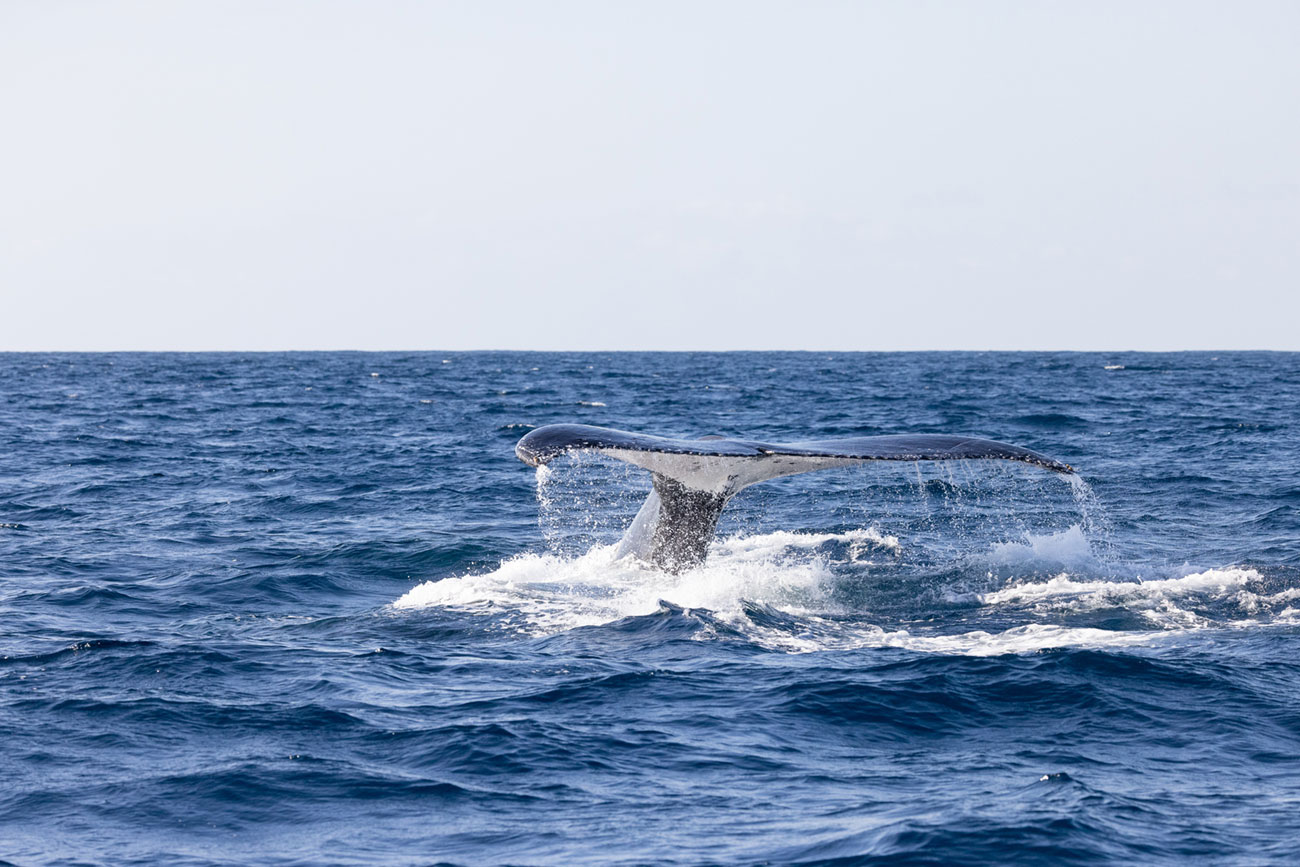
How do you ensure no harm?
All Kisawa and BCSS team members are trained to observe our land and marine wildlife very carefully, abiding by the strict rules of the Bazaruto National Marine Park (BANP). We make sure the boat never approaches more than than 50 meters – and always stops engines when a whale is nearby. We also never spend more than 20 minutes observing the mammals at any one time, to make sure there are no stressors. And we never attempt to feed, touch or swim with these species.
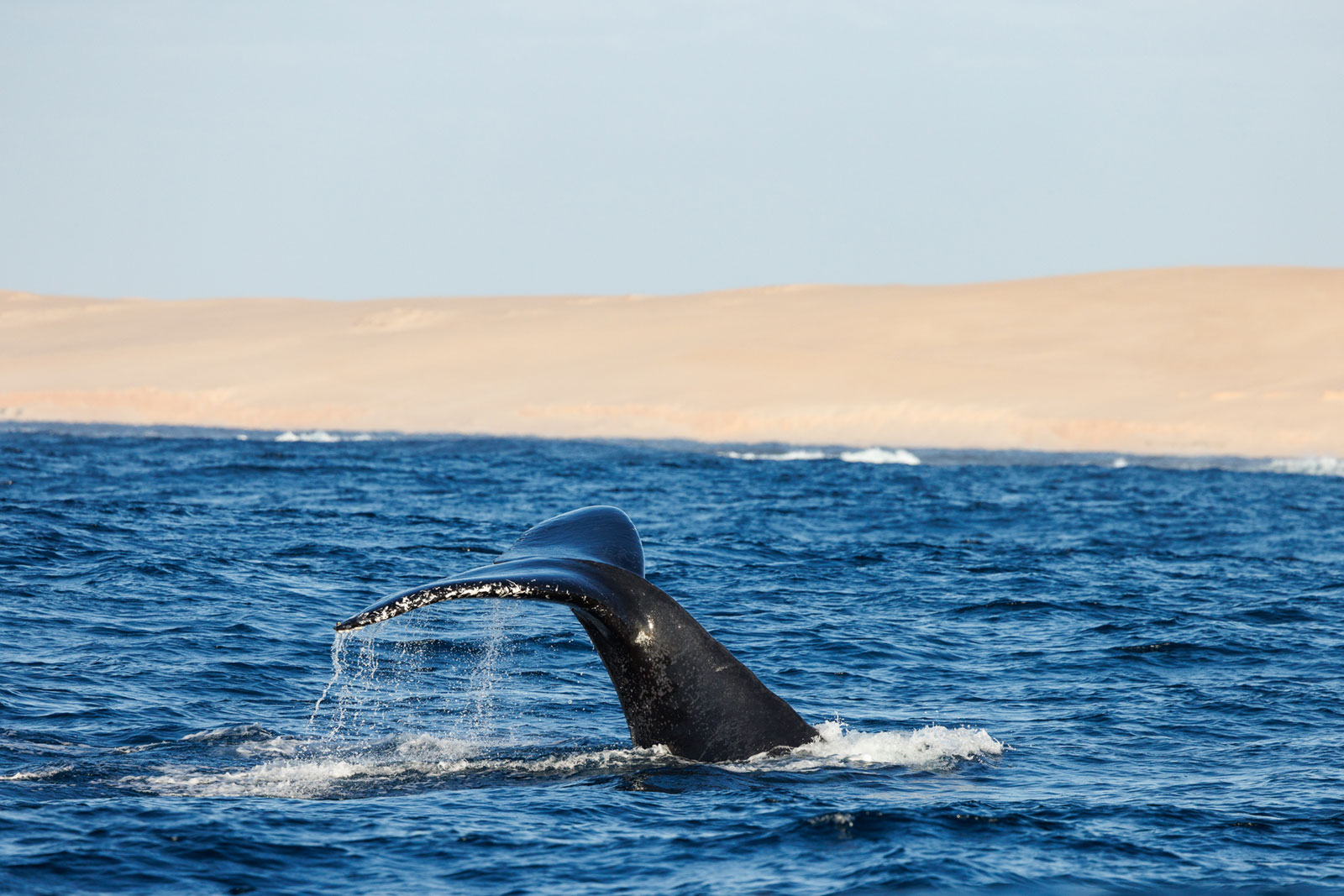
Whale spotted by the Benguerra Island dune
For more reading, and deeper information about the whales behaviour in our region, please see links to our colleagues at BCSS work:
Unveiling the intricacy of the humpback whale migration
Spectacular humpback whale behaviour prior to returning to their feeding grounds
The role of humpback whales in the Bazaruto Archipelago
